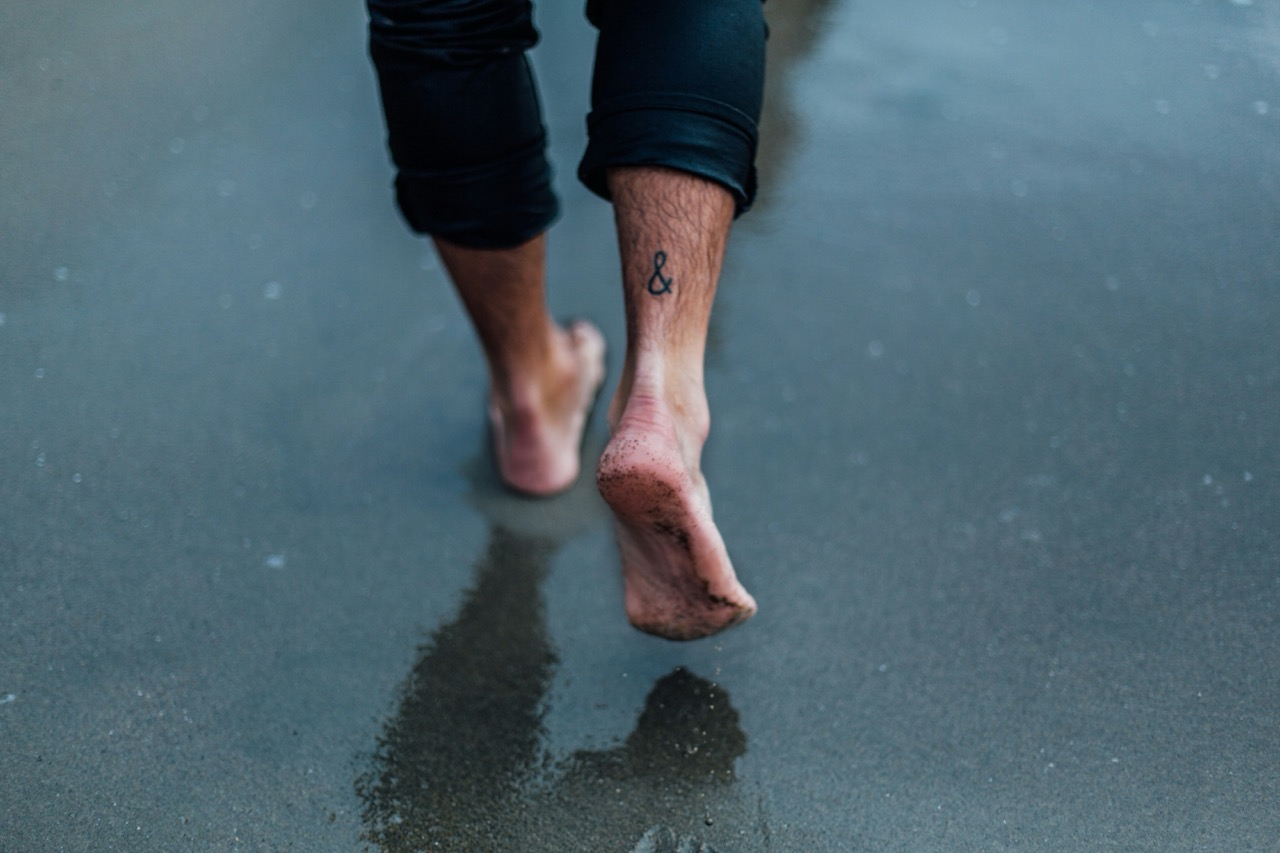How Do I Choose The Best Shoes For Running In Hot, Humid Weather?

Running in hot and humid weather presents unique challenges that can significantly impact performance and comfort. The right pair of running shoes is crucial to navigating these conditions effectively. Understanding how heat and humidity affect your running experience is essential to making an informed decision. In this article, we will explore the factors that influence shoe selection for warm weather, the specific features to prioritize, and best practices for fit and care to ensure your feet remain comfortable and supported during your runs.
Understanding the Impact of Heat and Humidity on Running
Heat and humidity can lead to increased perspiration and discomfort, which may result in blisters and other foot ailments if not properly managed. As the body works harder to cool itself, cardiovascular strain increases, potentially affecting endurance. Consequently, choosing the right shoes becomes pivotal, as they must offer the necessary support while minimizing overheating and moisture retention.
The increased humidity can also cause shoes to retain moisture, creating a breeding ground for bacteria and fungi. This not only affects the longevity of the shoes but can also lead to foot-related issues such as athlete’s foot or unpleasant odors. Moreover, heat can exacerbate fatigue, and the wrong footwear can contribute to this by failing to provide adequate ventilation and cushioning.
Lastly, running on hot surfaces, such as asphalt, can lead to overheating of the shoes themselves. The soles can become sticky, affecting traction and stability, which can lead to slips or falls. Understanding these factors is essential for runners, as they must select footwear that mitigates these risks while providing the support needed for their individual running styles.
Key Features to Look for in Running Shoes for Warm Weather
When shopping for running shoes suitable for hot and humid conditions, ventilation should be a priority. Look for shoes with mesh uppers or breathable fabrics that allow air to circulate, helping to keep your feet cool and dry. This feature is crucial in preventing overheating, which can lead to discomfort and decreased performance. Additionally, an upper with sufficient flexibility can enhance airflow and adaptability to foot movements, further contributing to comfort.
Another important feature is moisture-wicking properties. Shoes designed with materials that repel moisture can help keep your feet dry by allowing sweat to evaporate quickly. This is particularly vital in humid conditions where sweat can accumulate, leading to blisters and other skin irritations. A quick-drying lining can also aid in maintaining a comfortable environment inside the shoe.
Cushioning is another critical factor, especially in warm weather where the risk of foot fatigue is heightened. Opt for lightweight cushioning that absorbs shock without adding unnecessary bulk. A responsive midsole can provide support on varying terrains while ensuring that your feet remain protected against the impact of running on hard surfaces.
Recommended Materials and Designs for Hot Conditions
For running shoes intended for hot weather, materials such as engineered mesh and lightweight synthetics are recommended. These materials not only promote breathability but also contribute to a shoe’s overall weight, which is vital for maintaining speed and agility during runs. Shoes featuring these materials will help in regulating temperature, keeping your feet cooler compared to traditional materials like leather.
The design of the shoe also plays a significant role. Look for options with a wider toe box that allows your toes to splay naturally. This added space can prevent friction and blisters, which are more likely to occur in humid conditions when feet tend to swell. Additionally, consider shoes with a lower profile or a more minimalist design, as these often provide a closer-to-ground feel, which can enhance stability and help with heat dissipation.
Lastly, consider the outsole material. Rubber outsoles with good traction will not only protect against slipping on hot surfaces but also improve durability against the elements. Shoes designed with grooves or patterns specifically made for flexibility can also enhance grip and responsiveness, which are essential as you navigate different terrains in warm weather.
Tips for Proper Shoe Fit and Care in Humid Environments
Ensuring a proper fit is crucial when selecting running shoes for hot and humid conditions. Measure your feet at the end of the day when they are most swollen, and choose shoes that accommodate this change in size. Consider trying on shoes with the type of socks you plan to wear during your runs to achieve an accurate fit. A snug fit around the heel and midfoot, with enough space in the toe box, is essential to prevent movement that can lead to blisters.
Regular care is also vital in maintaining your running shoes in humid environments. After each run, allow your shoes to air dry in a well-ventilated area away from direct sunlight. Avoid leaving them in hot vehicles, as high temperatures can degrade the materials and compromise their integrity. Using moisture-absorbing insoles or placing newspaper inside the shoes can help absorb excess moisture, keeping them fresh and prolonging their lifespan.
Lastly, be mindful of how often you replace your shoes. The wear and tear on shoes can be accelerated in humid conditions due to increased moisture and heat. A good rule of thumb is to replace running shoes every 300-500 miles, but if you notice signs of deterioration like loss of cushioning, lack of support, or discomfort, it may be time for a new pair, regardless of mileage. Keeping an eye on your shoes’ condition will help you maintain optimal performance during your runs.
Choosing the best shoes for running in hot and humid weather requires careful consideration of various factors, including ventilation, moisture management, and cushioning. By understanding the specific challenges posed by these conditions, you can make an informed decision that ensures comfort and performance. Remember to prioritize fit and care to extend the life of your shoes and enhance your running experience. With the right footwear, you can conquer the heat and humidity, allowing you to enjoy your runs to the fullest.




